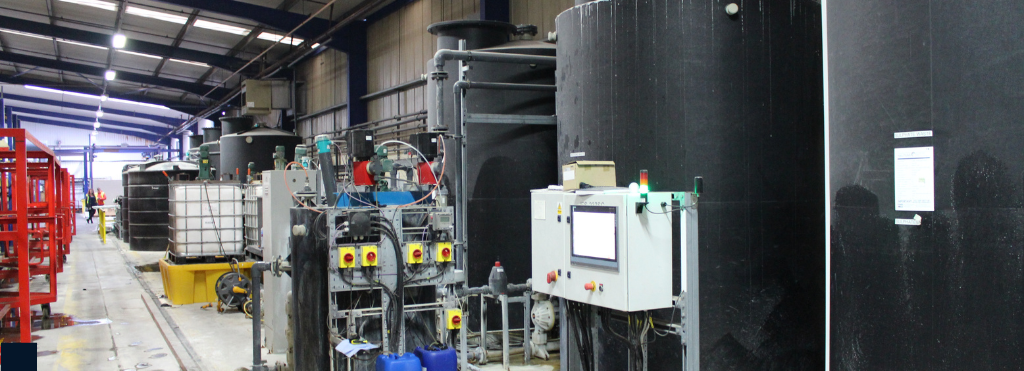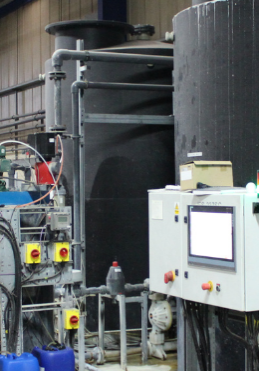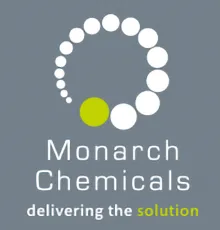What is an ETP plant process?

An Effluent Treatment Plant (ETP) is a facility designed to treat wastewater generated by industrial processes, ensuring that the effluents released into the environment meet regulatory standards.

An Effluent Treatment Plant (ETP) is a facility designed to treat wastewater generated by industrial processes, ensuring that the effluents released into the environment meet regulatory standards.
The treatment process involves several stages, each aimed at removing specific types of contaminants, including organic matter, chemicals, heavy metals, and suspended solids.
Below is an overview of the key stages involved in the ETP plant process:
1. Preliminary Treatment:
The preliminary treatment stage of an ETP plant process involves the removal of large and coarse materials from the wastewater.
This includes screening, where large solids like plastics, paper, and debris are filtered out, and grit removal, where sand, gravel, and other small particles are separated.
This stage is crucial as it prevents damage to subsequent treatment processes and equipment.
2. Primary treatment:
In the primary treatment stage, the wastewater undergoes sedimentation to remove suspended solids.
The wastewater is allowed to settle in large tanks, where heavier particles sink to the bottom, forming sludge, while lighter materials like oil and grease float to the surface and are skimmed off.
This stage often involves chemical treatments such as coagulation and flocculation, which help to remove any remaining suspended particles.
Often in this stage precipitation occurs either via pH adjustment and/or because of addition of reagents such as sulphides or metal precipitants.
The remaining liquid, which still contains dissolved pollutants, is then sent to the secondary treatment stage.
3. Secondary treatment:
The secondary treatment is focused on the biological treatment of the wastewater.
Here, microorganisms are introduced to break down organic matter. This process usually occurs in aeration tanks, where air is pumped into the water to provide oxygen, which supports the growth of aerobic bacteria.
These bacteria consume organic pollutants, converting them into less harmful substances.
After biological treatment, the wastewater is transferred to another sedimentation tank, where the biomass (activated sludge) settles, and the treated water moves on to tertiary treatment.
4. Tertiary treatment:
Tertiary treatment is the final cleaning stage, aimed at polishing the water to meet stringent discharge standards.
Filtration processes, including sand filtration and activated carbon filtration, are used to remove finer impurities. In some cases, advanced processes like reverse osmosis or ion exchange are employed to remove dissolved salts and other contaminants.
5. Disinfection and disposal:
Before the treated water is released into the environment, it undergoes disinfection, typically using chlorine, ultraviolet light, or ozone, to kill any remaining pathogens.
The treated water, now meeting environmental standards, can be safely discharged into rivers, lakes, or reused for purposes like irrigation or industrial cooling.
6. Sludge management:
The sludge generated during the ETP treatment process is collected and further treated, often through processes like anaerobic digestion or dewatering, to reduce its volume and toxicity.
The treated sludge can be disposed of in landfills, incinerated, or even used as fertilizer, depending on its composition.
Install the right ETP process with Aqua Advice
With over 30 years’ in the industrial wastewater treatment industry, Aqua Advice has the knowledge and experience to identify the most suitable ETP process for your business.
Topics

Let's talk...
Contact Aqua Advice today to arrange a free consultation and discover how we can help you find the perfect industrial wastewater solutions for your business.
CLIENTS INCLUDE












